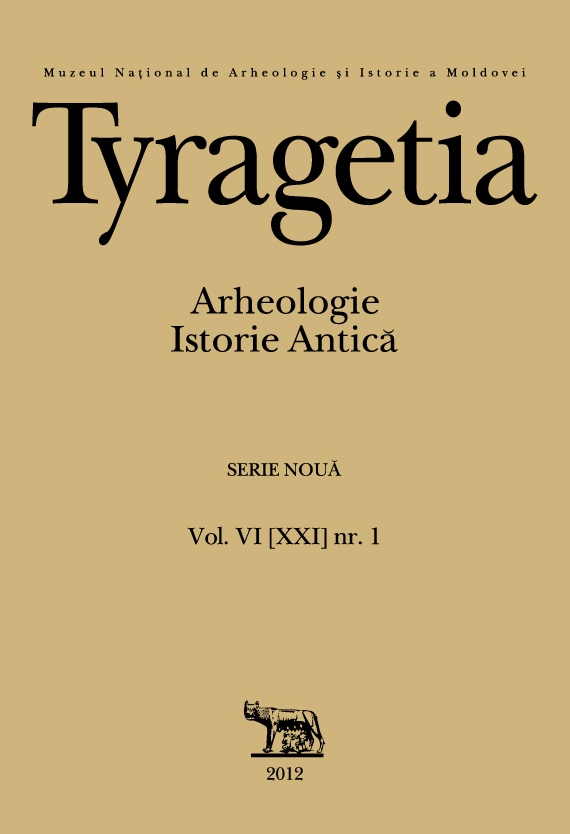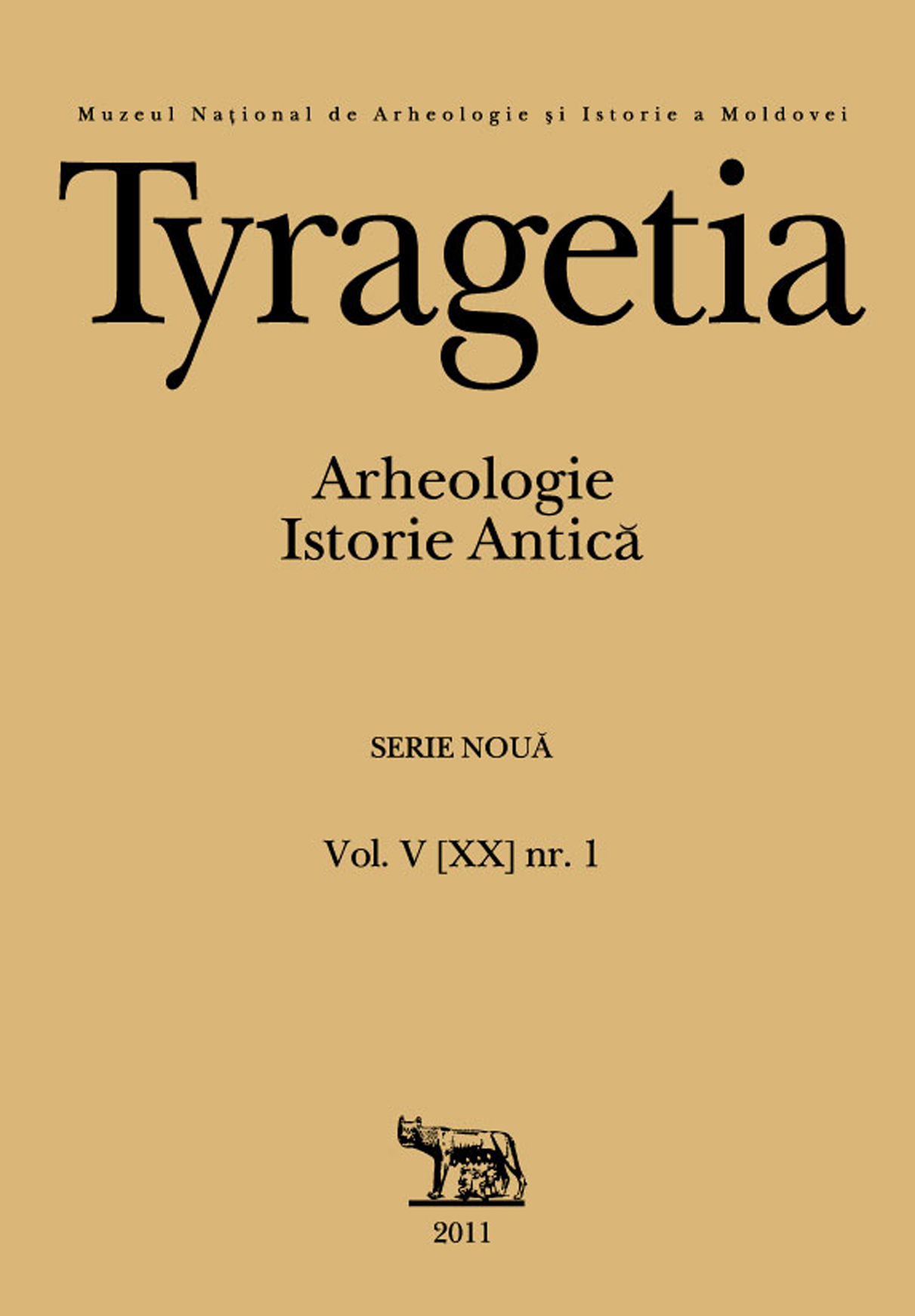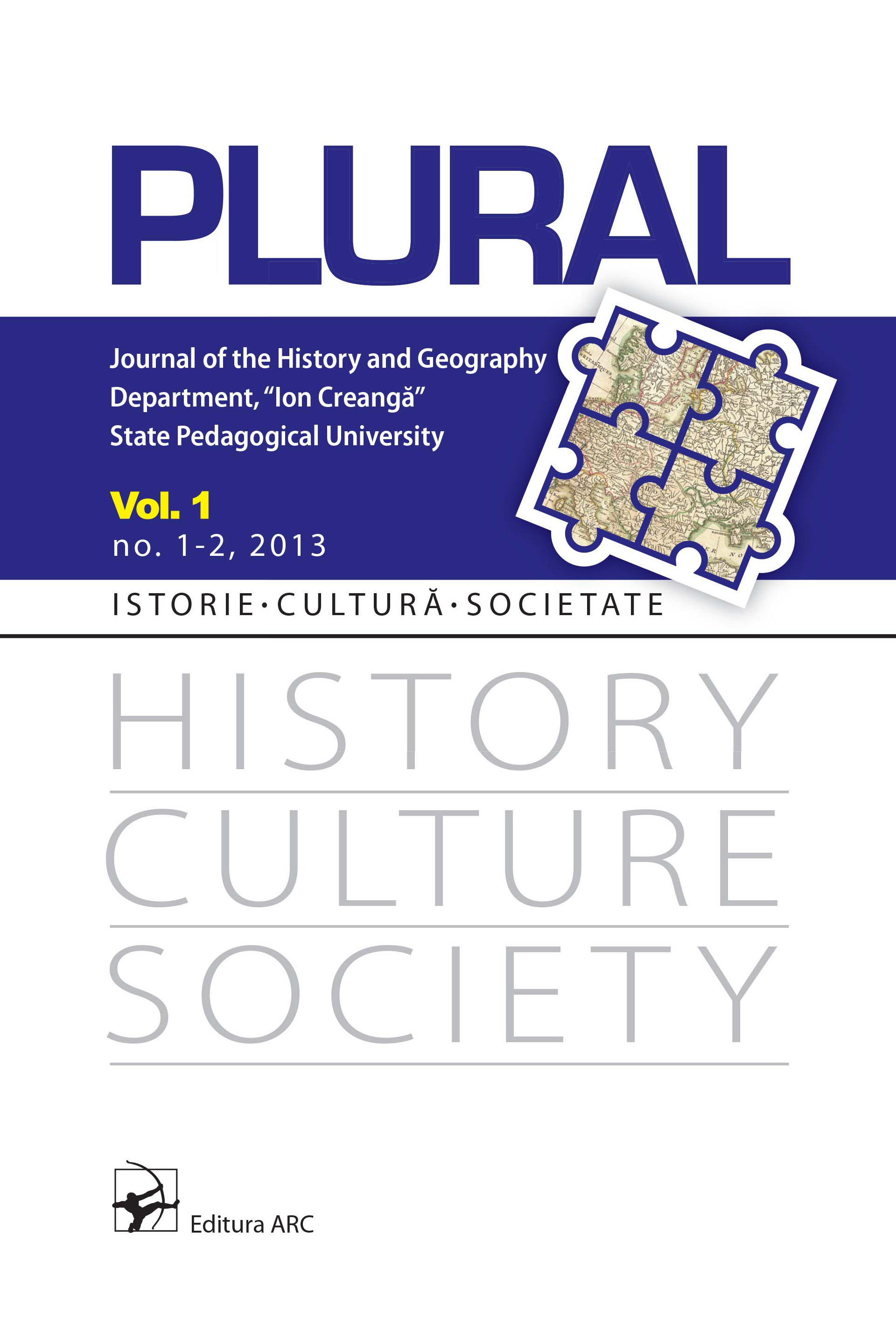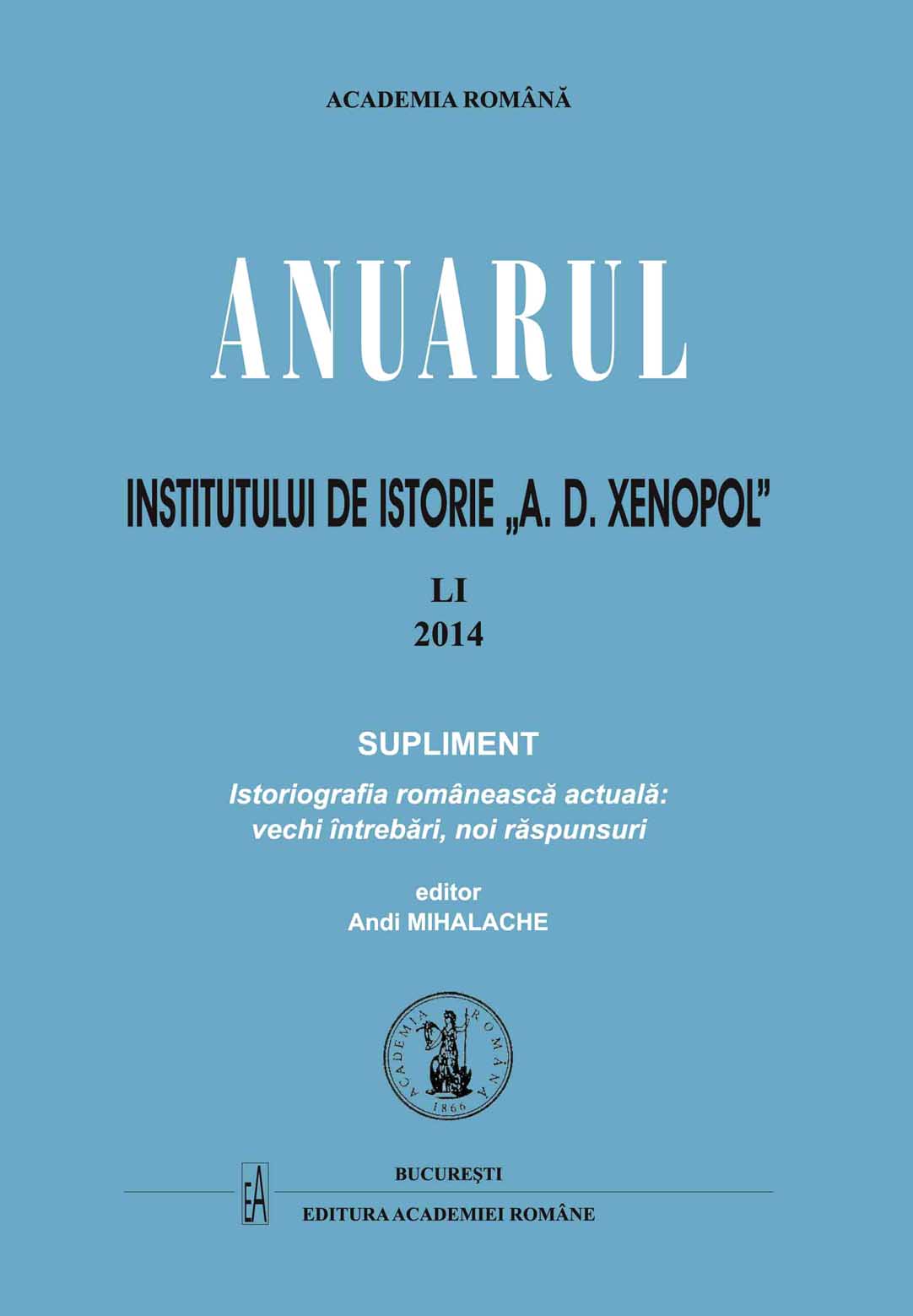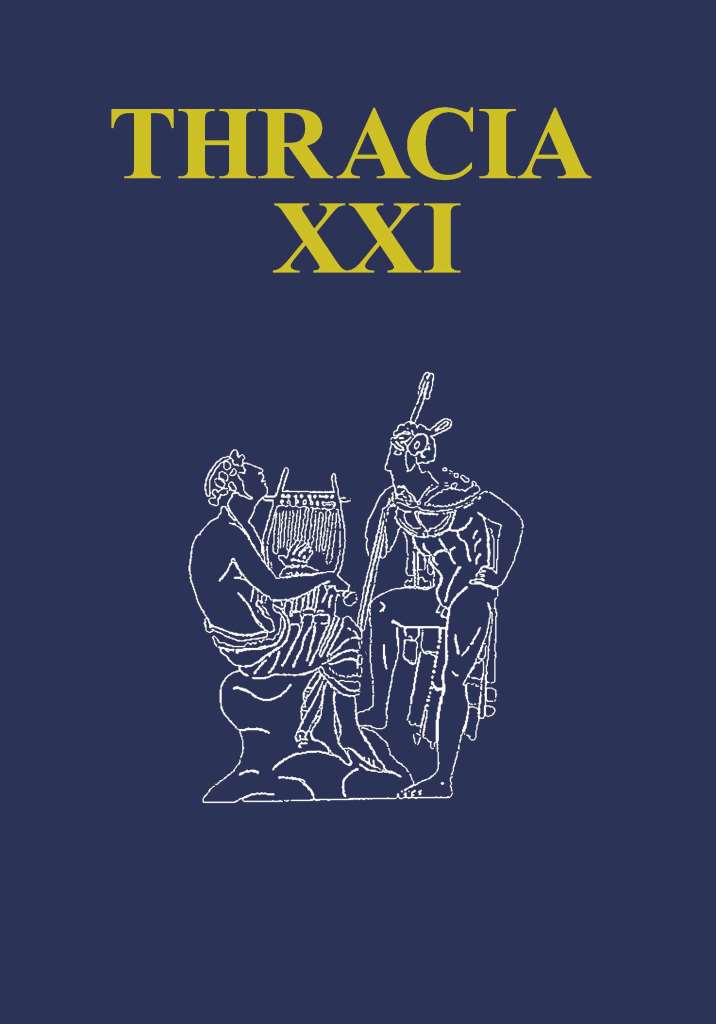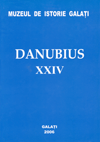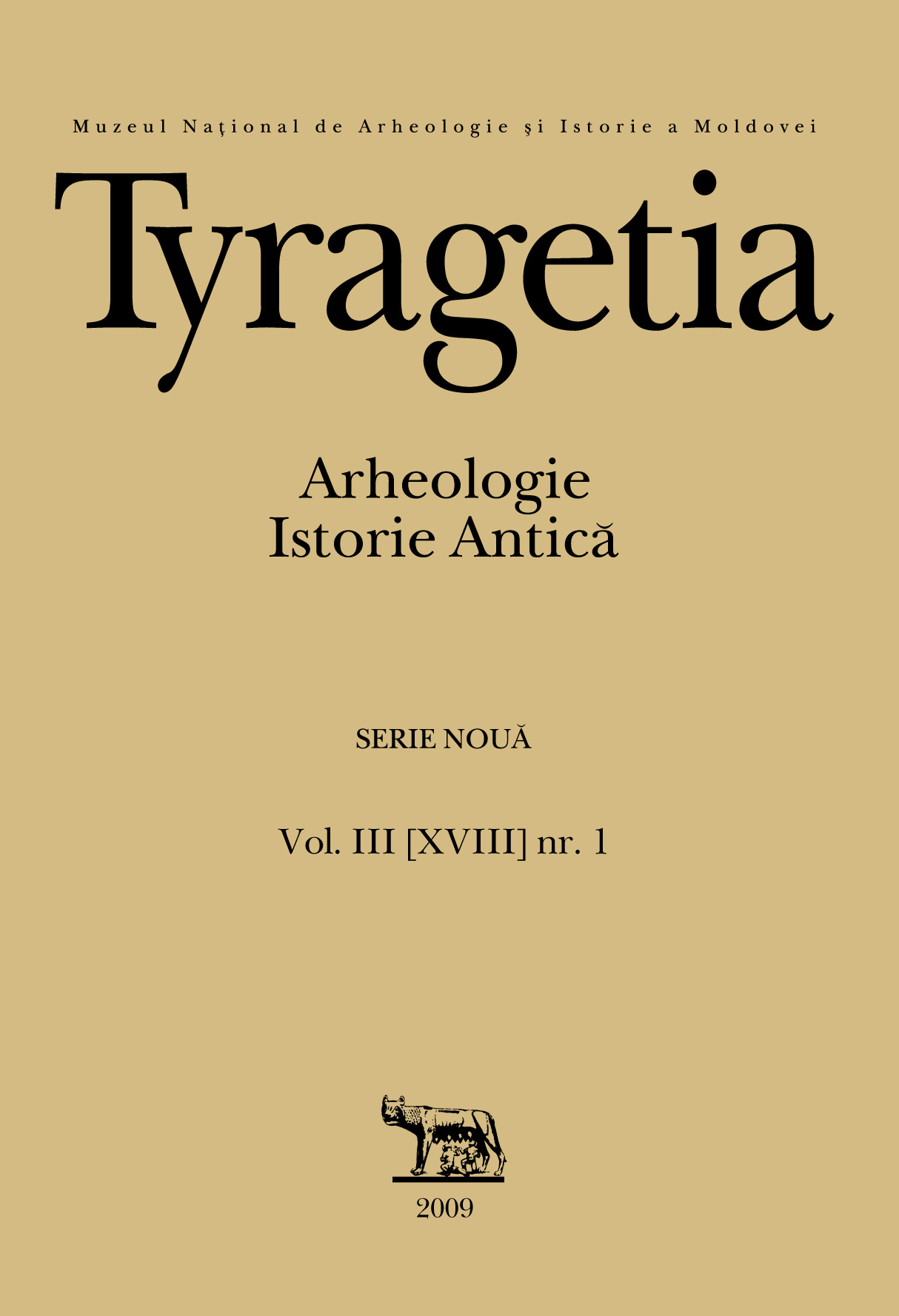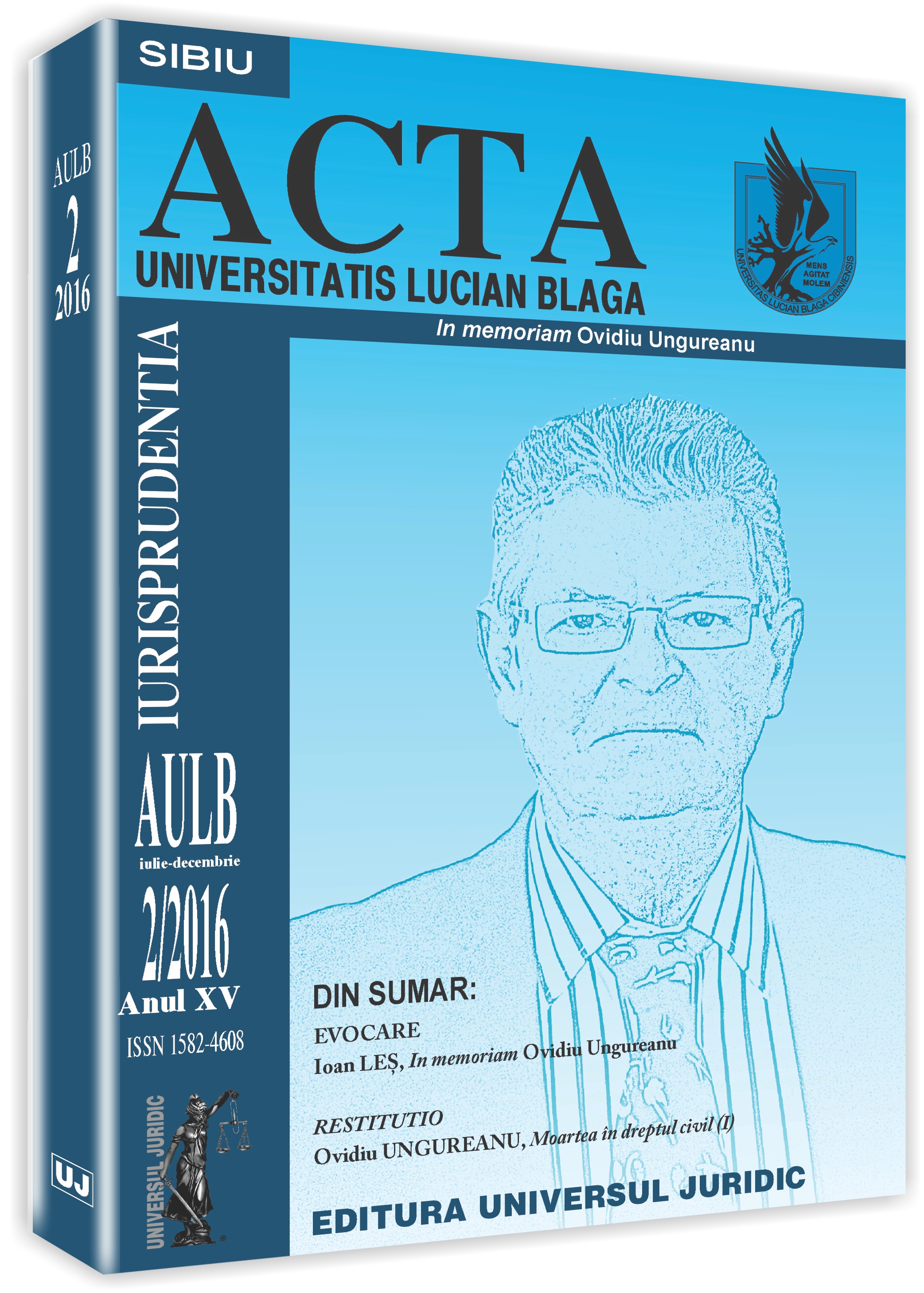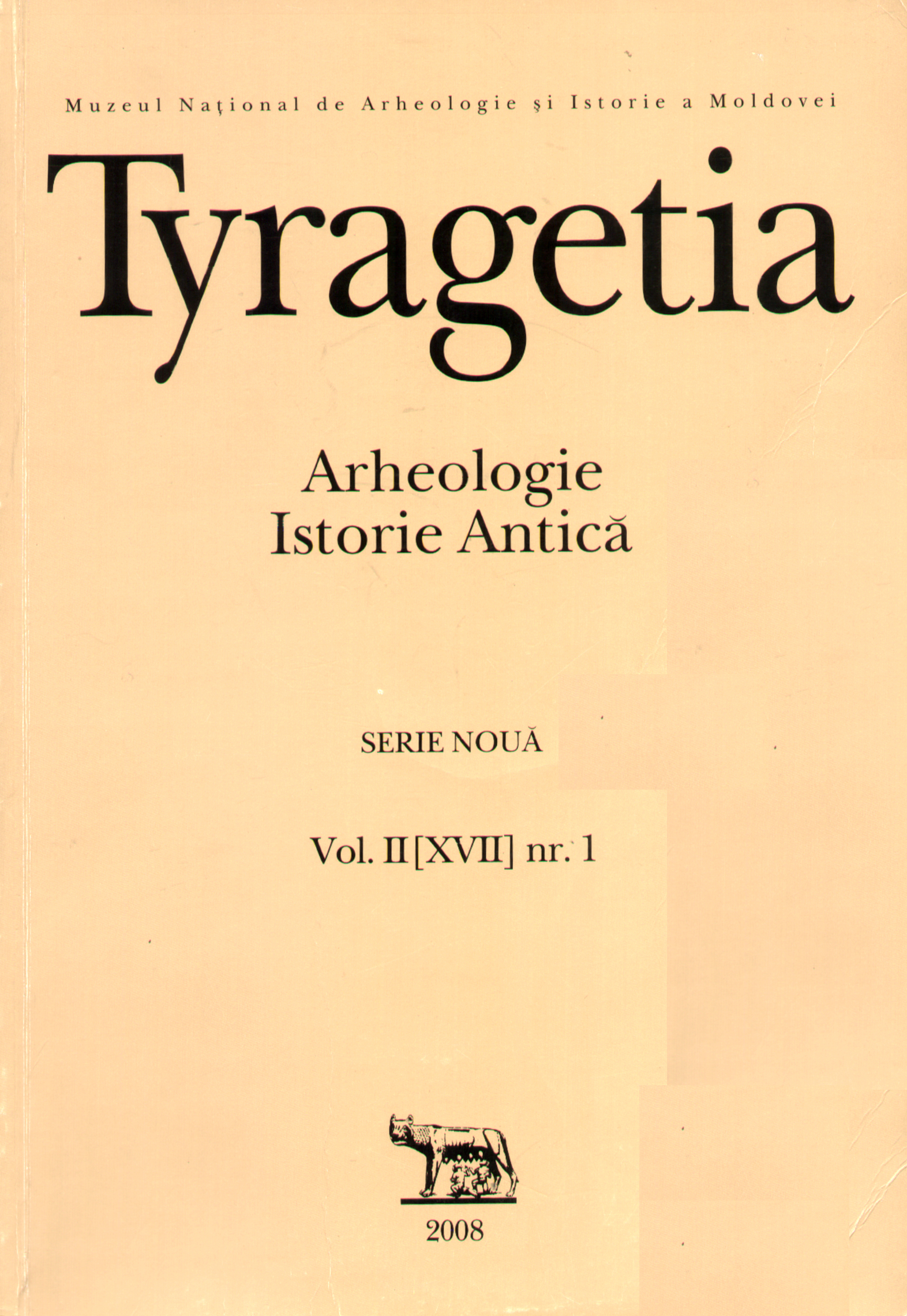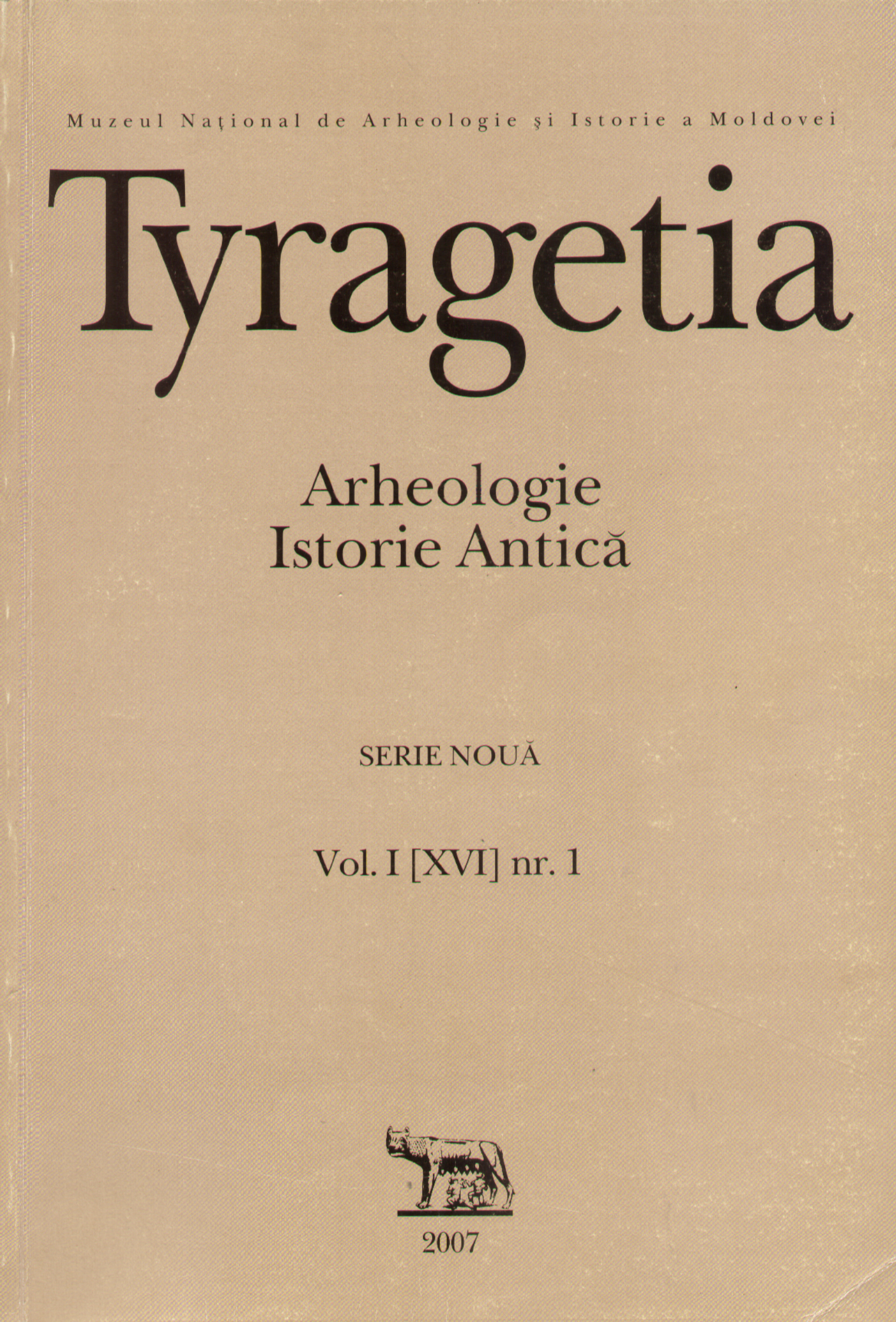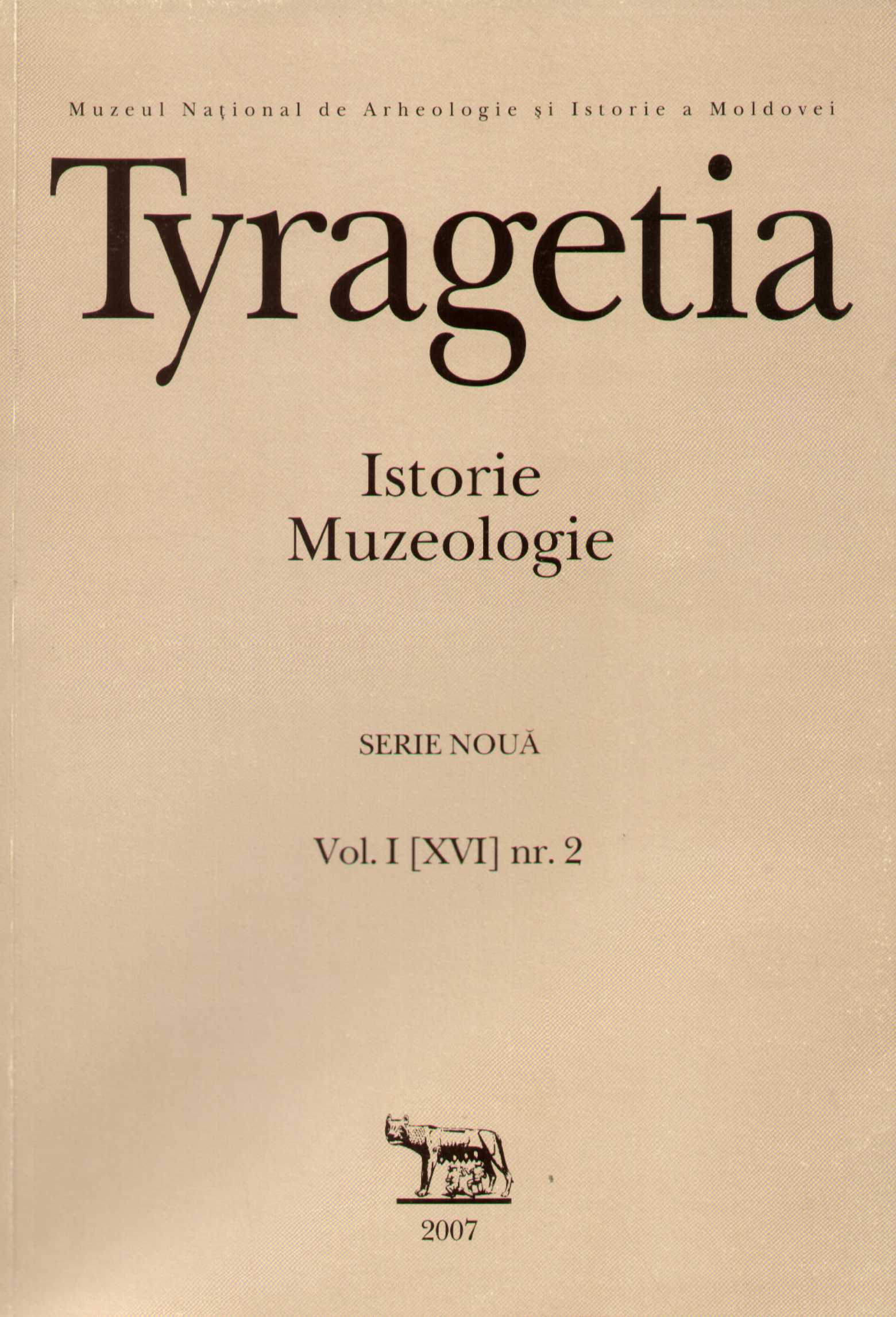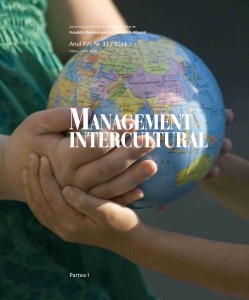ZUR METALLVERARBEITUNG IN DER GETISCHEN DAVA VON RADOVANU-GORGANA A DOUA, RUMÄNIEN
Author(s): Done Şerbănescu,Christian Schuster,Alexandru Morintz / Language(s): English,German
/ Issue: 21/2016
In order to illustrate the importance of the Dava from Radovanu-Gorgana a Doua as a production centre, evidence is presented for the existence of some metallurgical workshops. Massive items made of iron were not produced inside the settlement. They must have been created in the civilian settlement on the terrace behind the Dava, on that spot there were adornments made of bronze and silver. In this sense, a metal-working workshop with two open hearths could be mentioned. Near the fire installation the inventory of a jeweller has been found, comprising a bronze stamp with a relief at one end, rendering, as a positive, the image of the goddess Athena Parthenos, a dorn, a chisel with a crescent-shaped blade in its cross-section, another chisel with a rectangular active edge, both being used for modelling and decorating metal objects. Besides these fine tools for metal work, some other artefacts have been discovered: crucibles for metal casting, a valve of a stone mould, a silver coin-shaped tablet with slight impressions, a bronze bracelet with overlapping ends, small pieces of bronze, a sheet made of the same metal and two oval clay stands. In two neighbouring pits, Nos. 33 and 34, a lot of ashes and slag has been found, as well as broken crucibles, which, due to their intense use, had been strongly burnt, up to their deformation, a clay mould with two forms for casting bars, burnt until they became vitrified, and another one with a single form, but also bronze debris consisting of small lumps and bronze sheets remaining after the metal processing.
More...
